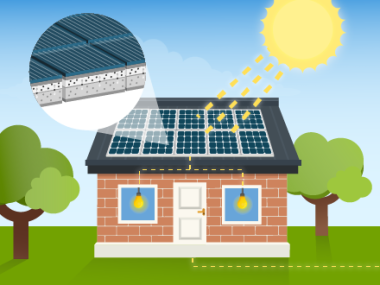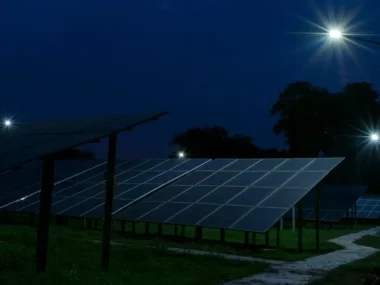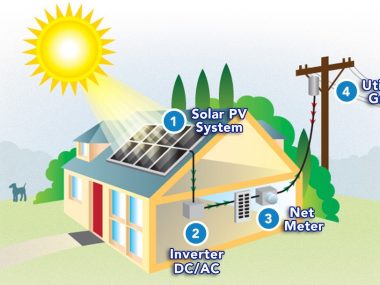Large-scale solar farms play a crucial role in the shift towards renewable energy, providing a sustainable alternative to fossil fuels and significantly reducing greenhouse gas emissions. However, the deployment of these extensive solar installations has considerable land use implications. Recognizing these implications is essential, as they encompass various environmental, social, and economic factors that can significantly affect local ecosystems, communities, and economies. This analysis examines the diverse land use impacts of large-scale solar farms, emphasizing the challenges and opportunities that emerge in the pursuit of a greener energy future.
Large-scale solar farms play a vital role in the shift towards renewable energy; however, they also have noteworthy implications in terms of land use. These implications can be broadly classified into three categories: environmental, social, and economic impacts.
1.Environmental Implications
Land Degradation and Habitat Loss:
Habitat Disruption:
Solar farms typically need extensive areas of land, which can disrupt existing ecosystems and wildlife habitats. This disruption is especially critical in regions with sensitive or endangered species.
Soil Erosion:
The establishment and upkeep of solar farms have the potential to cause soil compaction and erosion, especially when vegetation is cleared.
Water Use:
Water Consumption:
Certain solar technologies, such as concentrated solar power (CSP), necessitate a substantial amount of water for cooling functions, leading to potential strain on local water supplies, particularly in dry areas.
Heat island effect:
Microclimate Changes:
Large solar farms can alter local microclimates by changing the reflectivity (albedo) of the land surface, potentially creating a heat island effect.
Biodiversity:
Impact on Flora and Fauna:
Clearing land for solar farms can lead to loss of plant species and negatively impact animals that rely on those plants.
Impact on Flora and Fauna:
Clearing land for solar farms can result in the depletion of plant species and have adverse effects on the animals that depend on these plants.

2. Social Implications
Land Use Conflicts:
Agricultural Land:
Solar farms have the potential to rival agricultural land, which may result in conflicts regarding land use priorities. This issue becomes especially significant in areas where there is a scarcity of arable land.
Community Opposition;
Local residents might resist extensive solar projects because they are worried about alterations to the landscape, decreased space for recreational activities, and possible decreases in property prices.
Displacement:
Population Displacement;
In certain instances, the establishment of expansive solar farms may necessitate the displacement of communities, resulting in social and economic upheaval.
Cultural and Aesthetic Concerns:
Visual Impact:
The existence of extensive solar installations has the potential to transform the visual scenery, impacting the aesthetic and cultural significance of the area.

3.Economic Implications
Land Value:
Increase in Land Value:
Solar farms have the potential to enhance the value of land in specific regions, thereby benefiting landowners. However, this may also result in a decrease in affordability of the land for other purposes.
Opportunity Costs:
The land allocated for solar farms is now unavailable for alternative purposes like farming, housing, or preserving natural ecosystems, resulting in a missed opportunity for other potential uses.
Job Creation:
Employment Opportunities:
The establishment and upkeep of solar farms have the potential to generate employment opportunities, thereby stimulating the local economies. Nevertheless, it is important to acknowledge that these job prospects might be of a temporary nature and may not offer sustainable long-term employment solutions.
Energy Infrastructure:
Grid Integration:
Extensive solar farms necessitate substantial infrastructure to be seamlessly integrated into the current power grid, potentially leading to increased land requirements for transmission lines and substation
Mitigation Strategies











